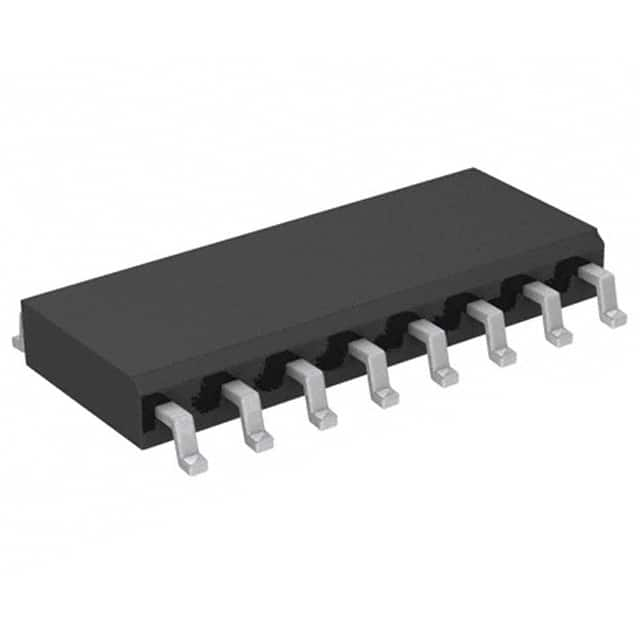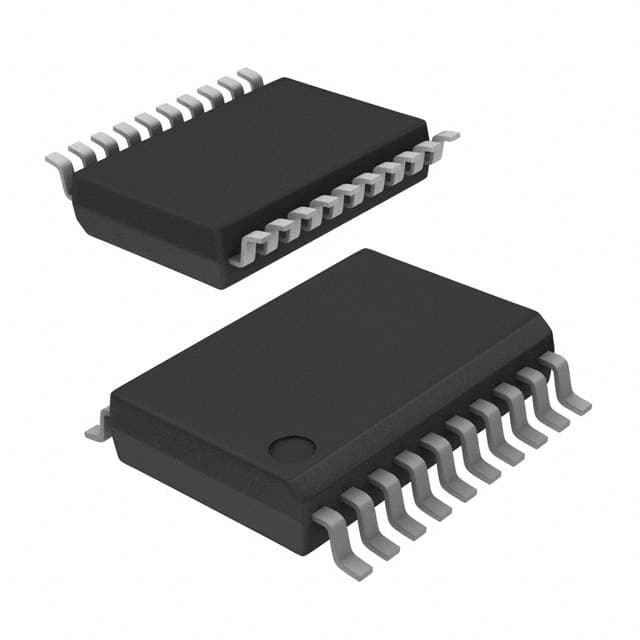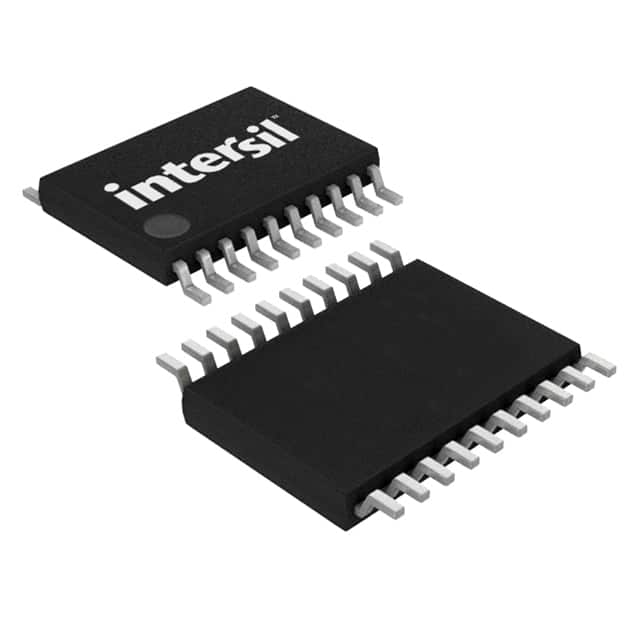ISL83076EIBZA Product Introduction:
Intersil Part Number ISL83076EIBZA(Interface - Drivers, Receivers, Transceivers), developed and manufactured by Intersil, distributed globally by Jinftry. We distribute various electronic components from world-renowned brands and provide one-stop services, making us a trusted global electronic component distributor.
ISL83076EIBZA is one of the part numbers distributed by Jinftry, and you can learn about its specifications/configurations, package/case, Datasheet, and other information here. Electronic components are affected by supply and demand, and prices fluctuate frequently. If you have a demand, please do not hesitate to send us an RFQ or email us immediately sales@jinftry.com Please inquire about the real-time unit price, Data Code, Lead time, payment terms, and any other information you would like to know. We will do our best to provide you with a quotation and reply as soon as possible.
Introducing the Intersil ISL83076EIBZA, a versatile and high-performance quad-channel digital isolator designed to meet the demanding requirements of industrial applications. With its advanced features and robust design, this product is the perfect solution for a wide range of applications.
The ISL83076EIBZA offers four independent channels, each capable of providing up to 2.5kV of isolation voltage. This ensures reliable and safe operation in high-voltage environments, protecting sensitive components from potential damage. Additionally, the device supports data rates of up to 100Mbps, enabling fast and efficient communication between different systems.
One of the key features of the ISL83076EIBZA is its low power consumption, making it ideal for battery-powered applications. With a supply current as low as 1.6mA per channel, this digital isolator helps to extend the battery life of portable devices, reducing the need for frequent recharging.
The ISL83076EIBZA is suitable for a wide range of applications, including industrial automation, motor control, and power management systems. Its high-speed data transmission capabilities make it an excellent choice for applications that require real-time communication, such as robotics and factory automation.
In summary, the Intersil ISL83076EIBZA is a versatile and high-performance digital isolator that offers advanced features and low power consumption. With its robust design and wide range of applications, this product is the perfect choice for demanding industrial environments.
Interface - Drivers, Receivers, Transceivers are all important components in integrated circuits (ics) to achieve signal transmission. The driver interface is responsible for converting internal logic signals into signals suitable for long-distance transmission or driving external loads, ensuring signal integrity and stability. It usually includes signal amplification, level switching, and necessary protection circuits to match the electrical requirements of different systems. The receiver interface, by contrast, receives an external signal, converts it to an internal logic level, and performs noise suppression and signal integrity checks to ensure that data is transmitted accurately to the internal circuit. The transceiver interface is a combination of driver and receiver, which can realize the transmission and reception of signals on the same device. It usually includes transmitting and receiving subsystems, transmitting part is responsible for signal generation, modulation and amplification, receiving part is responsible for signal reception, demodulation and processing.
Application
Interface - Drivers, Receivers, Transceivers are widely used in various high-speed communication and signal processing occasions. In network devices such as data centers, servers, and switches, they are key components to implement high-speed interface protocols such as high-speed Ethernet and Fibre Channel. In the field of consumer electronics, such as smartphones, tablets, HDTVS, etc., these interfaces support HDMI, USB, DisplayPort and other high-definition audio and video transmission standards, providing excellent audio and video experience. In addition, in industrial automation, automotive electronics, aerospace and other fields, these interfaces also play an important role in enabling reliable communication and precise control between devices. With the rapid development of the Internet of Things (IoT) and 5G communication technology, the application field of driver interface, receiver interface and transceiver interface will be further expanded, providing powerful communication support for more intelligent and interconnected devices and systems.
FAQ about Interface - Drivers, Receivers, Transceivers
-
1. What is an interface driver?
An interface driver is a special program that allows the operating system to control hardware devices through a specific interface. The interface driver is equivalent to a bridge between the hardware and the system, enabling the operating system to identify and control various hardware devices.
The main function of the interface driver is to handle tasks such as data transmission, device identification and resource allocation, ensuring that the hardware devices can be correctly connected and recognized and used by the system.
-
2. What is an IC driver?
An IC driver is an integrated circuit that is mainly used to control and drive various devices, such as LCDs, motors, etc. It integrates the circuits that drive and control these devices, making the entire circuit design more concise and reducing the risk of overcurrent and overheating.
The role of the IC driver is to convert the signal from the host or controller into the signal required by the peripheral or sensor so that it can work properly. Depending on the function, the driver chip can be divided into many types, such as motor driver IC, LCD driver IC, etc.
-
3. What are SFP transceivers used for?
SFP transceivers are mainly used for optical communication applications in telecommunications and data communications, especially for connecting motherboards and optical fibers or UTP cables for network devices such as switches and routers. SFP transceivers achieve high-speed data transmission by converting gigabit electrical signals into optical signals. Their maximum data transmission rate can reach 4.25 Gbps. They are mainly used in communication fields such as Gigabit Ethernet, Gigabit Optical Channel, switch interface, switching backplane, etc.
SFP transceivers have many types, which can be divided into the following categories according to the cable type, transmission range, transmission rate and application scenario:
Cable type: SFP modules can work on optical fiber and copper wire, and are divided into single-mode SFP used with single-mode optical fiber and multi-mode SFP used with multi-mode optical fiber.
Transmission range: Multi-mode SFP is suitable for shorter distance transmission, up to 550 meters, while single-mode SFP is suitable for long-distance transmission, up to 200 kilometers.
Transmission rate: From Fast Ethernet to Gigabit Ethernet, to 10Gb, 25Gb and 100Gb Ethernet, SFP modules are constantly upgraded to meet higher bandwidth requirements.
Application: SFP modules are widely used in scenarios such as high-definition audio/video transmission, passive optical network (PON), multiplexing and simplex networks.
 Lead free / RoHS Compliant
Lead free / RoHS Compliant




























